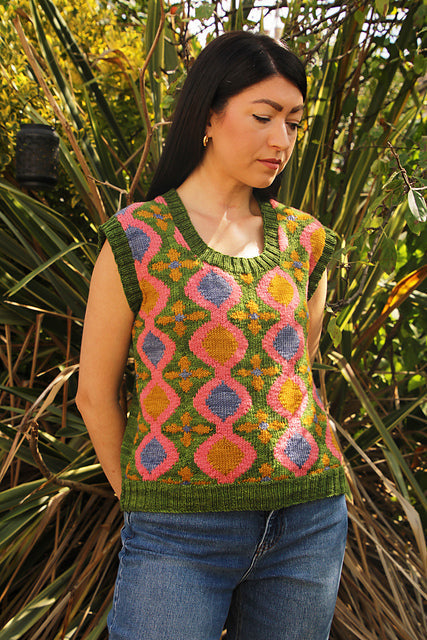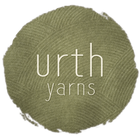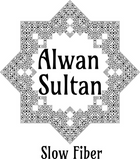Better living through chemistry, right? Well, our August HerStory recipient, Seema Prakash, PhD believes in better living through botany.
As a child in Kanpur, Uttar Pradesh, India, Seema Prakash became interested in science at an early age. She dreamed of becoming a pediatrician, after becoming enamored with Florence Nightingale, but even though as she grew, so did opportunities for women in India, the barriers to medical school were just too high. She attended an all-girls college in her hometown, earning her Masters in Botany before getting married and moving to England for a bit. During the early years of her children's lives, she concentrated on parenting, but it was while in England that she began her journey on the work that would eventually land her on our 2018 HerStory list. One website we found stated that, in the end, she DID become a pediatrician of sorts, although to plants instead of human babies.
In the 1990s, her family moved back to India and Seema earned her PhD. Inspired by Bob Geldof's activism in support of raising money for the famine in Africa, including the recording of "Do They Know It's Christmas" and the Live Aid concerts, she began working diligently on figuring out a less expensive way to clone plants. You see, before Dr. Prakash's groundbreaking work, plant cloning was prohibitively expensive for most, and thus was reserved for the big dogs of farming: the corporate farms who could afford the large price tag associated with it (the medium in which cloning traditionally occurs (agar) is very expensive). Dr. Prakash, seeing that having access to cloned plants, which have a higher yield, are more resistant to environmental factors that affect lesser plants, and are easier to propagate, would greatly help impoverished areas (such as great swaths of India), experimented with other media in which to culture plant tissue. After lots of trial and error, she discovered that sterilized glass beads and liquid nutrients, which are inexpensive and easy to come by, are just what the doctor (aka Dr. Prakash herself) ordered.
In the mid-1990s, Prakash founded a company to market this new way to clone, called In Vitro International Private Limited. (If you go to the website, know that it appears to not have been updated since the mid-1990s, and will show you just how far internet technology has come.) Her company is doing good works, pioneering different ways for small-scale farms to up their production and therefore better support themselves in an environmentally-friendly and sustainable way. The goal is a balanced growth, encouraging farmers to marry economics and ecology to support economic AND environmental sustainability for all. She has also created an education program for school-aged children, encouraging them to learn about plants and plant propagation through a "Plant Passport" program, with the goal of inspiring children to care about preservation and conservation.
We found ourselves very inspired by Dr. Prakash (although we also found that information about and images of her are hard to come by). Her efforts include creating a trust to ensure that rural farmers in developing countries have access to information and knowledge about economically-sustainable plant propagation free of charge; tireless advocation for women in agricultural and sustainable rural development work; and the introduction of technological advances to developing countries to introduce food self-sufficiency to parts of the world that have not yet achieved those goals, mostly because of economic and environmental disadvantages. We hope that this love letter, and the accompanyingly-inspirational colorway, Famine Fighter, that we created in honor of Dr. Seema Prakash teach you a thing or two about this amazing August HerStory recipient.
Speaking of Famine Fighter, we had so much fun creating this colorway! We did a massive google image search of saris, scrolling all around and mentally choosing colors to apply, and then we headed into the dye room and started playing. We have so enjoyed the creation of each of our HerStory colorways so far this year, but this one was particularly fun. Super-saturated silky blue and green and yellow, all in a skein of yarn? YES PLEASE!
Remember that we love it when you share your projects with us! On Instagram, tag @knittedwit, and use hashtags #knittedwit and #herstory2018kal. On Facebook, make sure to join our Knitted Wit Knitalongs Group (https://www.facebook.com/groups/knittedwitkal), to be inspired by what your coHerStory knitters have made, and inspire all of us with your creations.
Sassily yours,










